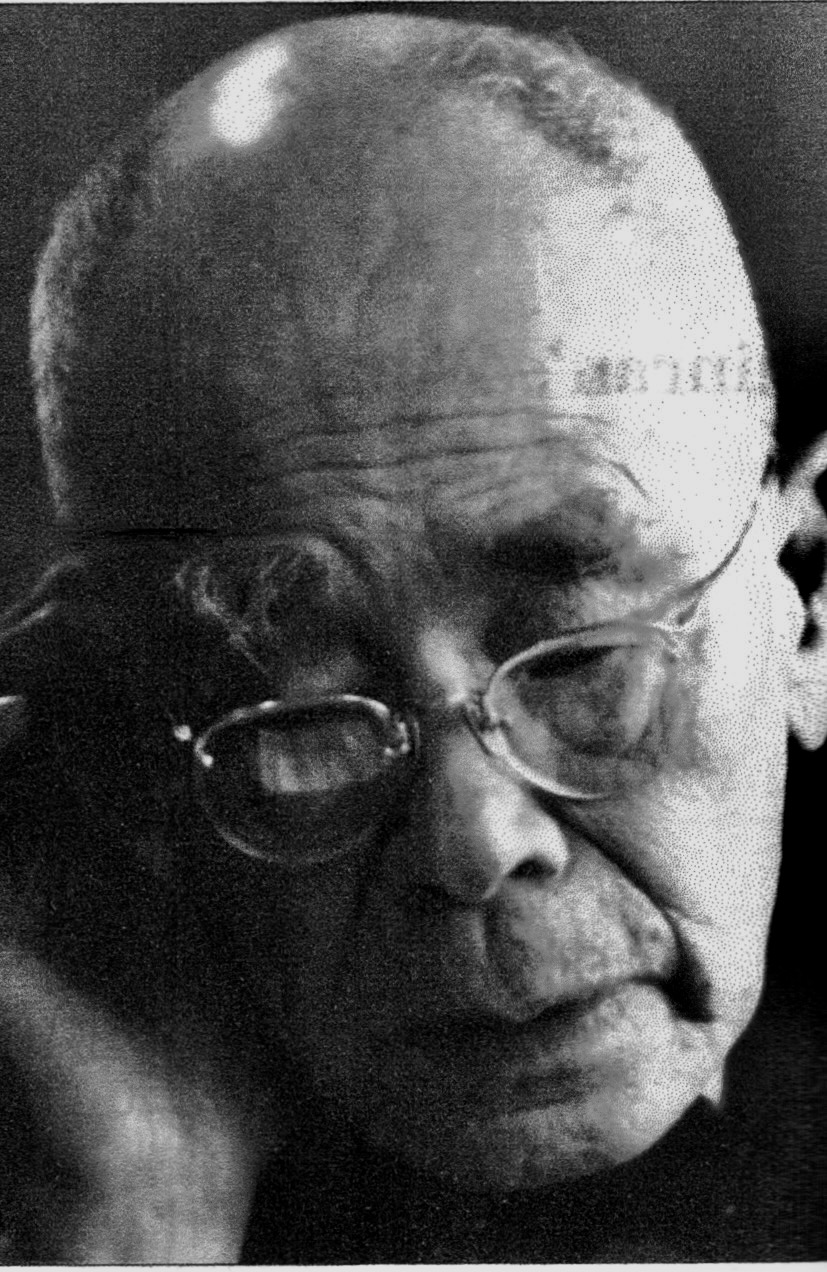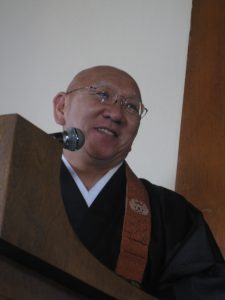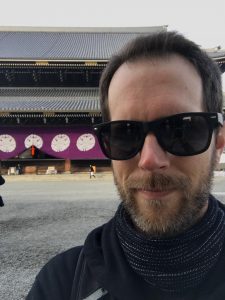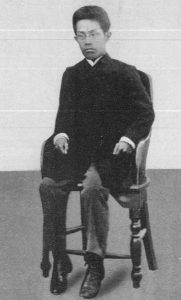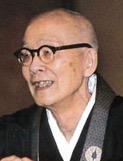
By Rev. Ken Yamada
Jodo Shinshu Buddhism teaches birth in the Pure Land. But what exactly is the Pure Land?
Disagreements abound—a heaven-like place where you go after death; a higher realm of consciousness; spiritual understanding in this life.
That debate reached a fevered pitch in 1920s Japan with priests, intellectuals, journalists, and laypeople weighing in. The most infamous perhaps was Shin scholar Kaneko Daiei (1881-1976), who asserted the Pure Land wasn’t a place, but rather an “idea.”
A firestorm of criticism ensued as scholars, priests, and laypeople holding more orthodox views lashed out. Buddhist sect authorities quickly hurled accusations of heresy. Blowback followed as students protested, academic staff resigned and others were fired. Threatened with excommunication, Kaneko was forced to resign his teaching post at Higashi Honganji’s Ōtani University. Continue reading “Kaneko’s Pure Land: A Case of Heresy”


